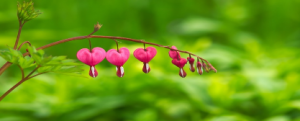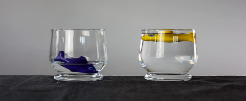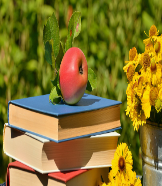
Public Domain photo by pixabay.com
POST SECONDARY INSTITUTIONS:
A few months ago, in May of this year, I had an opportunity to post my very first blog. It was about this tiny little innercity school that my mom worked as a teacher in, and it was where I spent most of my early childhood years. I was fortunate to have experienced and witnessed the beauty of land, nature, humanitarianism and kindness. I have grown to learn that gardens have brought us all together, to teach us how to learn from one another, share with one another and to take care of one another. Others are starting to notice this too… This is another educational institute, JIBC, which is finally recognizing the importance of acknowledging that we are living, learning and working on the lands that belong to the unceded traditional territories of the Qayqayt and Musqueam Peoples, where JIBC is located. This is also an educational institute that I learned at, and I am seeing the gradual changes around my community and the schools that I have attended. I can see how some of these institutions are finally recognizing the Indigenous peoples, whose land we all reside, work, and live on and how it has really affected me. I can see the gradual changes of acknowledgement, respect and care returning to the people, whose land was unwillingly taken over generations ago. I am also witnessing all of the heart-work and determination of the First Nations peoples attaining and rectifying the wrongs that others have oppressed upon them. This video talks about the Native plants by horticulturists both of Indigenous and non-Indigenous backgrounds, but this media footage, moreover, symbolizes the gradual changes for a better Canada.
ELEMENTARY/HIGHSCHOOLS:
Fresh Roots and Farm to School BC are organizations that helps schools attain grants, provides a framework on how to get a garden started at your school, provides useful resources, and networks that can all help an educator and a learner come together to grow, learn, share and create. Here, the Vancouver School Board recognizes how vital the role of school gardens can play in students’ social-emotional learning. Garden-based learning can enhance academic achievement through integration of hands-on experiences into diverse subjects such as math, science, art, nutrition and environmental education. This summer my family and I are volunteering some time for an amazing organization called “Fresh Roots” where they “cultivate educational farms and programs where students dig into meaningful connections with the land, food, and each other, inspiring communities to build just food systems.” My sister is supervising a project in Coquitlam right now, where my daughter will be volunteering with her, and my mom and I will be visiting soon to help lend a hand as well at the Coquitlam School District’s Aboriginal Education Department, where Fresh Roots is helping with the food system at Suwa’lkh School. I’ve added a couple of links below, if anyone is interested to set up a garden at their school.
References:
Fresh Roots. (n.d.). Good Food For All. Retrieved July 1, 2021, from https://freshroots.ca/about/our-vision/
Justice Institute of British Columbia (JIBC). (July 10, 2020). Introduction To JIBC’S Indigenous Garden. Retrieved July10, 2021, from https://www.youtube.com/watch?v=4t4dVAaN47o
Public Health Asssociation of BC (2007). Farm to School BC-Growing Outside: School Gardens. Retrieved July 16, 2021, from https://farmtoschoolbc.ca/school-gardens/

 Public Domain photo by Shutterstock
Public Domain photo by Shutterstock



